Description
Familiarity with treatment
Fractional radiofrequency (RF) microneedling is a cosmetic procedure that combines microneedling with the delivery of radiofrequency energy into the skin. The procedure involves the use of tiny needles and radiofrequency waves to rejuvenate the facial skin. Here’s an explanation of the procedure based on the search results:
Microneedling: The procedure begins with microneedling, which uses fine needles to create tiny channels or microwounds in the skin. These microwounds trigger the production of capillaries, elastin, and collagen, promoting skin rejuvenation. Microneedling is also known as skin needling or collagen induction therapy.
Radiofrequency Energy: In fractional RF microneedling, radiofrequency energy is combined with microneedling. The needles used in the procedure release radiofrequency energy into the channels created by microneedling. This additional damage caused by the radiofrequency energy enhances the effects of standard microneedling.
Stimulation of New Skin Growth: The controlled micro-wounds created by microneedling, along with the radiofrequency energy, stimulate the growth of healthy new skin. This can benefit common skin issues such as acne scars and wrinkles. The skin that grows back after the procedure is thicker and smoother.
Targeted Skin Concerns: Fractional RF microneedling can target various skin concerns, including fine lines, wrinkles, acne scars, and uneven skin texture. The combination of microneedling and radiofrequency energy helps to improve the overall appearance of the skin.
The specific details of the procedure, such as the depth of the microneedles and the intensity of the radiofrequency energy, may vary depending on the device used and the provider performing the treatment. It’s important to consult with a healthcare professional or dermatologist to understand the specific protocol and expected outcomes for fractional RF microneedling.
Who is it suitable for?
Fractional radiofrequency (RF) microneedling is suitable for various individuals seeking skin rejuvenation and improvement in specific skin concerns. Here’s a summary of who it may be suitable for based on the search results:
- Skin Concerns: Fractional RF microneedling can effectively address a range of skin concerns, including fine lines, wrinkles, acne scars, hyperpigmentation, uneven skin texture, and sagging skin.
- Skin Types: It is generally suitable for most skin types, including light, medium, and dark skin tones. However, individuals with medium to dark brown skin may need to find a provider experienced in treating their specific skin tone to minimize the risk of post-inflammatory hyperpigmentation.
- Treatment Areas: The most common treatment areas for fractional RF microneedling include the face, neck, and décolletage. However, the procedure can also be performed on other body areas such as the abdomen, knees, and thighs.
- Downtime: Fractional RF microneedling typically has little to no downtime, allowing individuals to resume their regular activities soon after the treatment.
- Pain Level: The pain associated with fractional RF microneedling may be slightly higher compared to traditional microneedling. However, topical anesthesia is often applied to minimize discomfort during the procedure.
- Individualized Treatment: Fractional RF microneedling can be personalized based on individual needs and concerns. The treatment can be tailored to target specific areas and adjust the depth and intensity of the treatment.
Who is it not suitable for?
While fractional radiofrequency (RF) microneedling is generally safe and suitable for many individuals, there are certain cases where it may not be recommended. Here are some factors that may make someone unsuitable for fractional RF microneedling based on the search results:
Pregnancy and Breastfeeding: Pregnant or breastfeeding individuals are typically advised to avoid cosmetic procedures, including fractional RF microneedling, as the effects on the developing fetus or breastfeeding infant are not well studied.
Open Skin Lesions or Infections: If you have active skin infections, open wounds, or lesions in the treatment area, it may not be suitable to undergo fractional RF microneedling until the skin has healed completely to prevent the risk of further infection.
Keloid or Hypertrophic Scarring: Individuals with a history of keloid or hypertrophic scarring may be at a higher risk of developing abnormal scarring in response to the microneedling and radiofrequency treatment. It’s important to discuss this with your healthcare professional or dermatologist.
Active Skin Conditions: If you have active skin conditions such as eczema, psoriasis, rosacea, or dermatitis in the treatment area, it may be best to wait until the conditions are under control before considering fractional RF microneedling.
History of Skin Cancer or Radiation Therapy: If you have a history of skin cancer or have undergone recent radiation therapy, it’s essential to consult with your healthcare professional or dermatologist to determine the suitability of fractional RF microneedling.
Certain Medications and Medical Conditions: Some medications or medical conditions may increase the risk of complications or interfere with the healing process after fractional RF microneedling. It’s important to disclose your medical history and any medications you are taking to your healthcare professional or dermatologist.
Advantages
Based on the search results, here are some advantages or benefits of fractional radiofrequency (RF) microneedling:
Enhanced Collagen Production: The combination of microneedling and radiofrequency energy in fractional RF microneedling stimulates collagen production in the skin. Collagen is essential for maintaining skin elasticity, firmness, and a youthful appearance 1.
Improved Skin Texture: Fractional RF microneedling can help improve skin texture by reducing the appearance of fine lines, wrinkles, and acne scars. The treatment stimulates the growth of healthy new skin, leading to smoother and more even-looking skin 2.
Customizable Treatment: Fractional RF microneedling is customizable to individual needs. The treatment can be adjusted to penetrate different layers of the skin, allowing for targeted treatment of deeper scarring or wrinkles 2.
Skin Tightening: The radiofrequency energy delivered during fractional RF microneedling can promote skin tightening. The heat generated by the RF energy stimulates collagen and elastin production, leading to firmer and more youthful-looking skin 3.
Minimally Invasive: Fractional RF microneedling is a minimally invasive procedure compared to more aggressive treatments like ablative lasers. It involves minimal damage to the upper layers of the skin, resulting in shorter recovery and downtime periods 4.
Versatility: Fractional RF microneedling can be used to address various skin concerns, including acne scars, wrinkles, stretch marks, sagging skin, and uneven skin tone and texture 5.
Complications
Based on the search results, here are some potential complications or side effects associated with fractional radiofrequency (RF) microneedling:
Redness and Swelling: It is common to experience temporary redness and swelling in the treated area immediately after the procedure. This usually subsides within a few hours to a few days.
Skin Sensitivity: The skin may feel sensitive or tender after fractional RF microneedling. This sensitivity is typically temporary and resolves on its own.
Minor Bruising: Some individuals may experience minor bruising at the treatment site. This is usually mild and resolves within a few days.
Skin Discoloration: In rare cases, fractional RF microneedling may cause temporary skin discoloration, such as hyperpigmentation or hypopigmentation. This is more common in individuals with darker skin tones.
Infection: Although rare, there is a small risk of infection associated with any procedure that involves creating micro-wounds in the skin. It is important to follow proper aftercare instructions and keep the treated area clean to minimize the risk of infection.
Scarring: While fractional RF microneedling is generally considered safe, there is a small risk of scarring. This risk is higher in individuals with a history of abnormal scarring, such as keloids.
Pain or Discomfort: Some individuals may experience mild pain or discomfort during the procedure. Topical anesthesia is often applied to minimize any discomfort.
preoperative care
Based on the search results, here are some preoperative care tips for fractional radiofrequency (RF) microneedling:
Consultation: Schedule a consultation with a healthcare professional or dermatologist who specializes in fractional RF microneedling. During the consultation, discuss your skin concerns, medical history, and any medications or skincare products you are currently using.
Skin Preparation: Follow any specific instructions provided by your healthcare professional regarding pre-treatment skincare. This may include avoiding certain skincare products or treatments that could sensitize the skin before the procedure.
Sun Protection: Protect your skin from excessive sun exposure before the procedure. Avoid prolonged sun exposure and use broad-spectrum sunscreen with a high SPF to minimize the risk of sunburn or skin damage.
Avoid Blood-Thinning Medications: If you are taking blood-thinning medications or supplements, consult with your healthcare professional about whether you need to temporarily discontinue them before the procedure. This is to minimize the risk of excessive bleeding or bruising during the treatment.
Skin Cleansing: On the day of the procedure, cleanse your skin thoroughly to remove any makeup, oils, or dirt. Follow any specific instructions provided by your healthcare professional regarding pre-treatment skin cleansing.
Topical Anesthesia: Depending on the provider and the specific device used, topical anesthesia may be applied to the treatment area to minimize discomfort during the procedure. Follow any instructions provided by your healthcare professional regarding the application of topical anesthesia, if applicable.
Postoperative care
Here are some postoperative care tips for fractional radiofrequency (RF) microneedling based on the search results:
Follow Aftercare Instructions: It’s important to carefully follow the specific aftercare instructions provided by your healthcare professional or dermatologist. These instructions may include skincare products to use, how to cleanse the treated area, and any restrictions on activities or exposure to sunlight.
Protect Your Skin from the Sun: After fractional RF microneedling, your skin may be more sensitive to the sun. It’s crucial to protect your skin by wearing broad-spectrum sunscreen with a high SPF, using protective clothing, and avoiding direct sun exposure, especially during peak hours.
Avoid Harsh Skincare Products: For a few days following the procedure, it’s recommended to avoid using harsh skincare products, such as those containing retinoids or exfoliating acids. These products can potentially irritate the treated skin.
Keep the Treated Area Clean: It’s important to keep the treated area clean to minimize the risk of infection. Follow any specific instructions provided by your healthcare professional regarding cleansing the skin after the procedure.
Avoid Touching or Picking at the Skin: It’s essential to avoid touching or picking at the treated skin to prevent any potential complications or infections. Let the skin heal naturally.
Moisturize the Skin: Applying a gentle, non-irritating moisturizer to the treated area can help keep the skin hydrated and promote healing. Follow any recommendations provided by your healthcare professional regarding post-treatment moisturizers.
Be Patient with Results: It’s important to have realistic expectations and understand that the results of fractional RF microneedling may take time to become noticeable. Collagen remodeling and skin improvement typically occur gradually over several weeks to months.


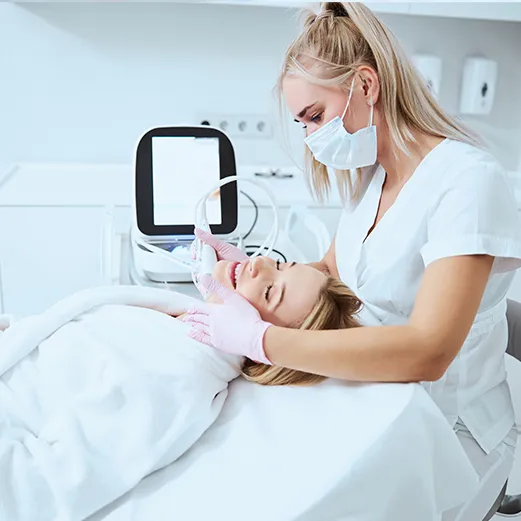
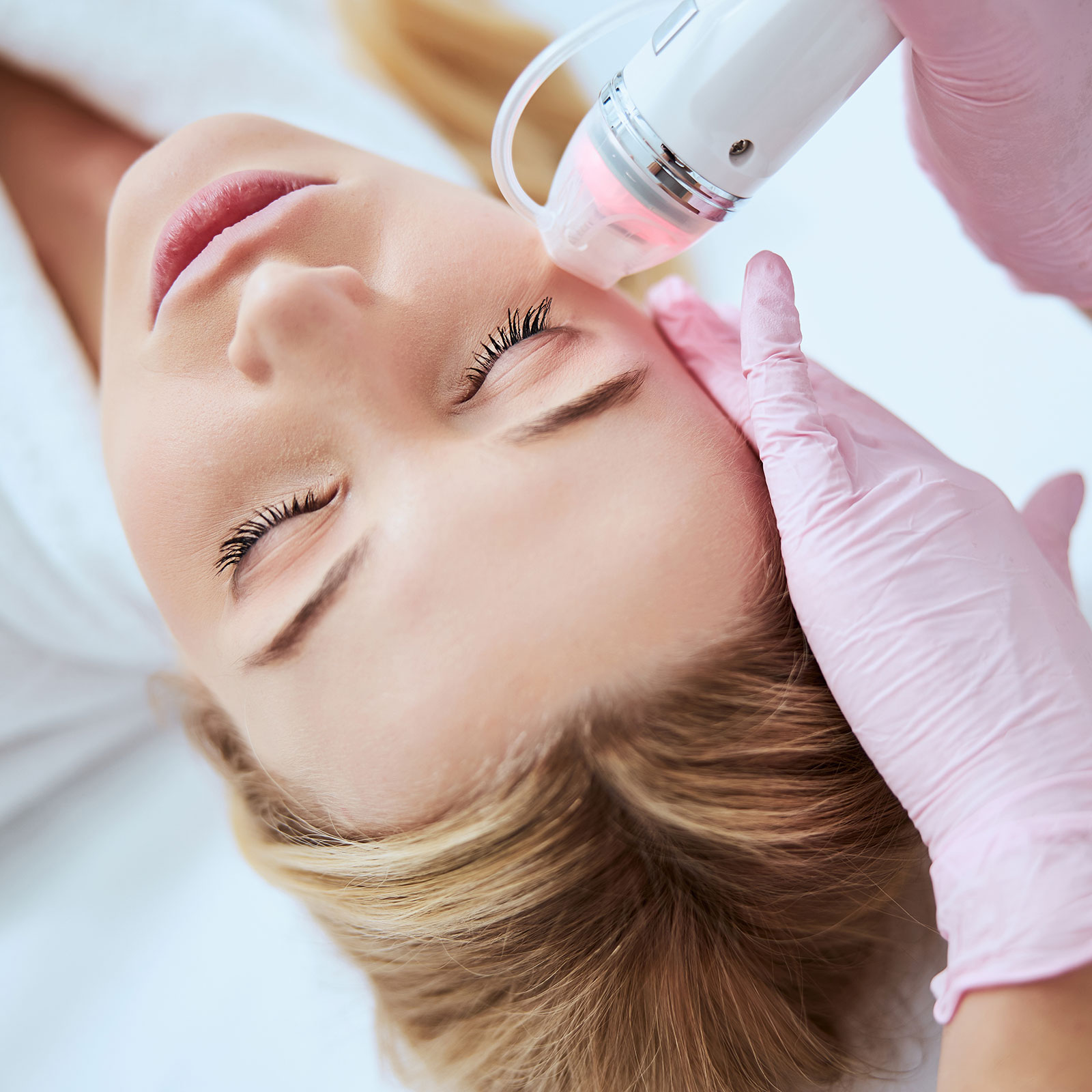
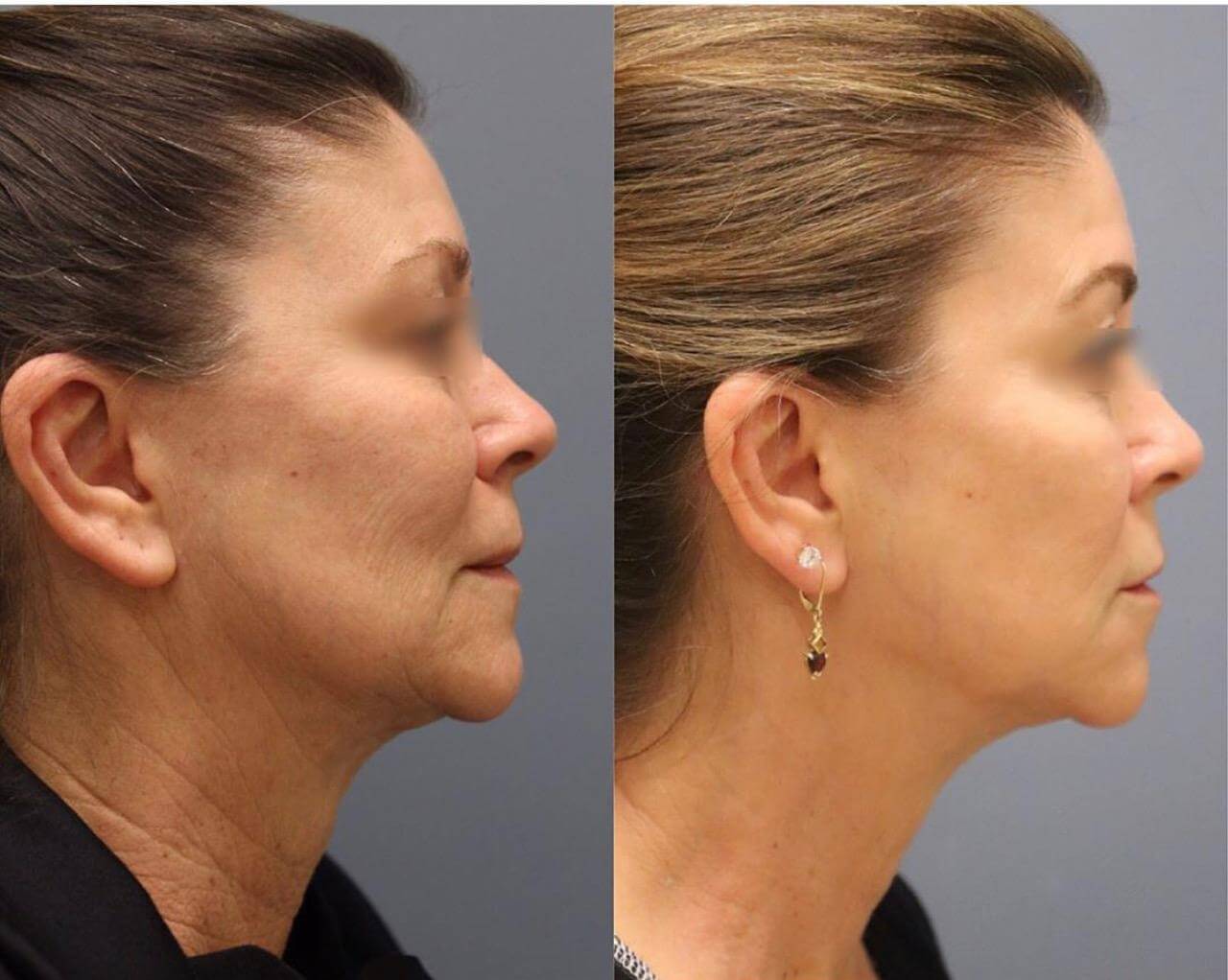
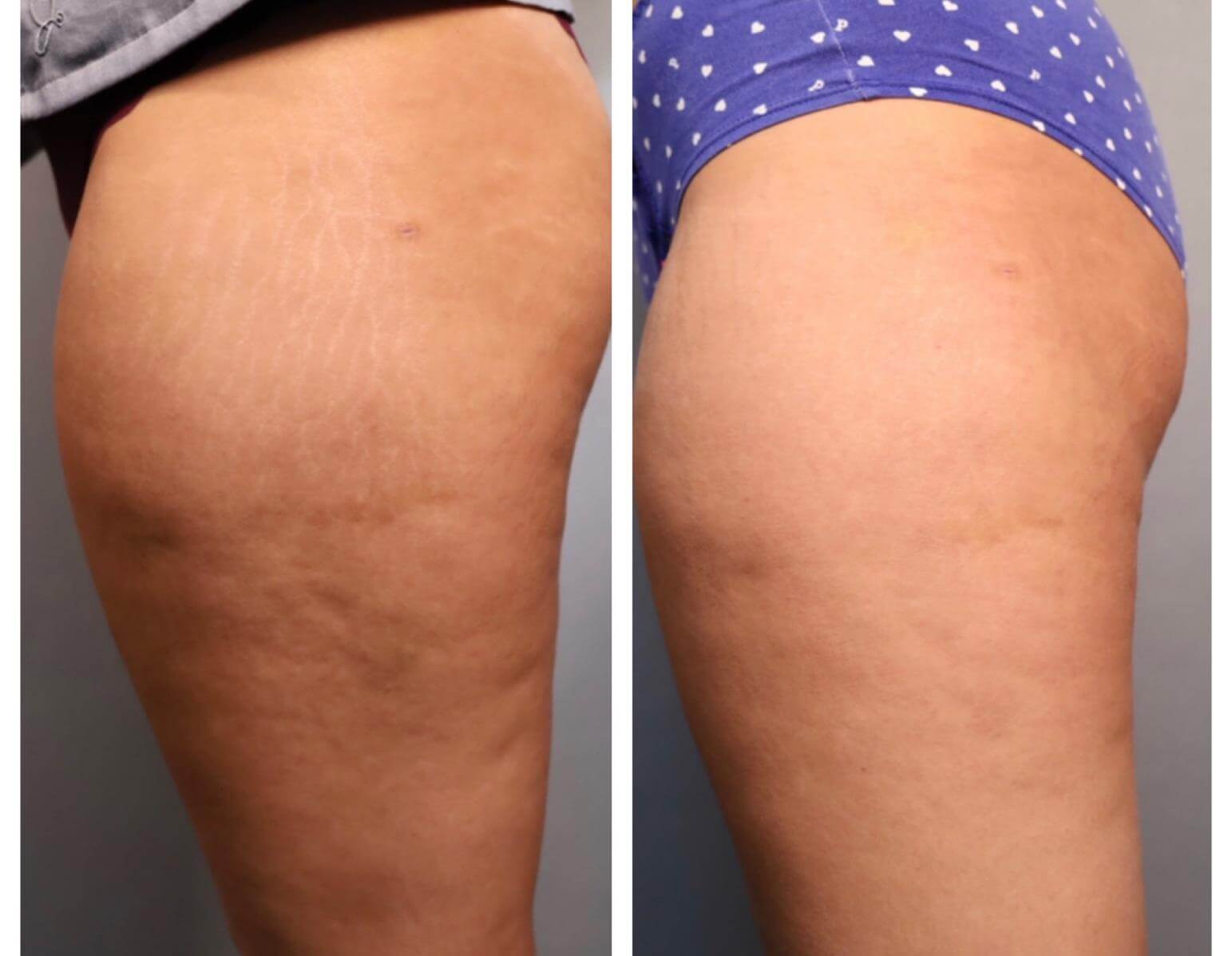
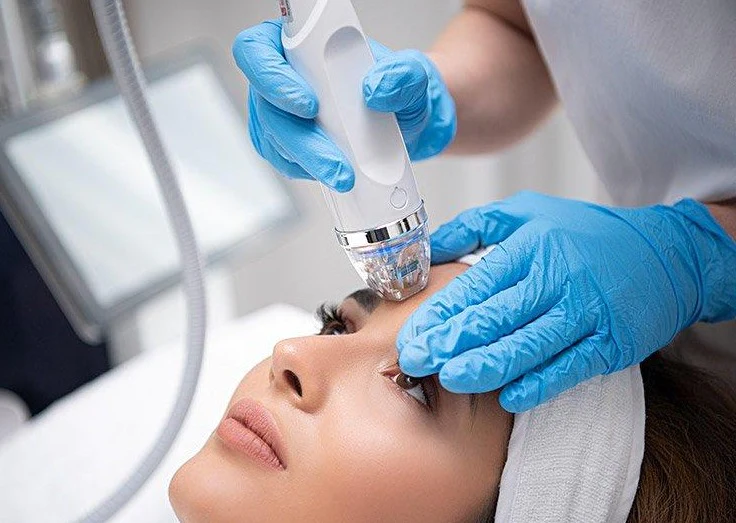
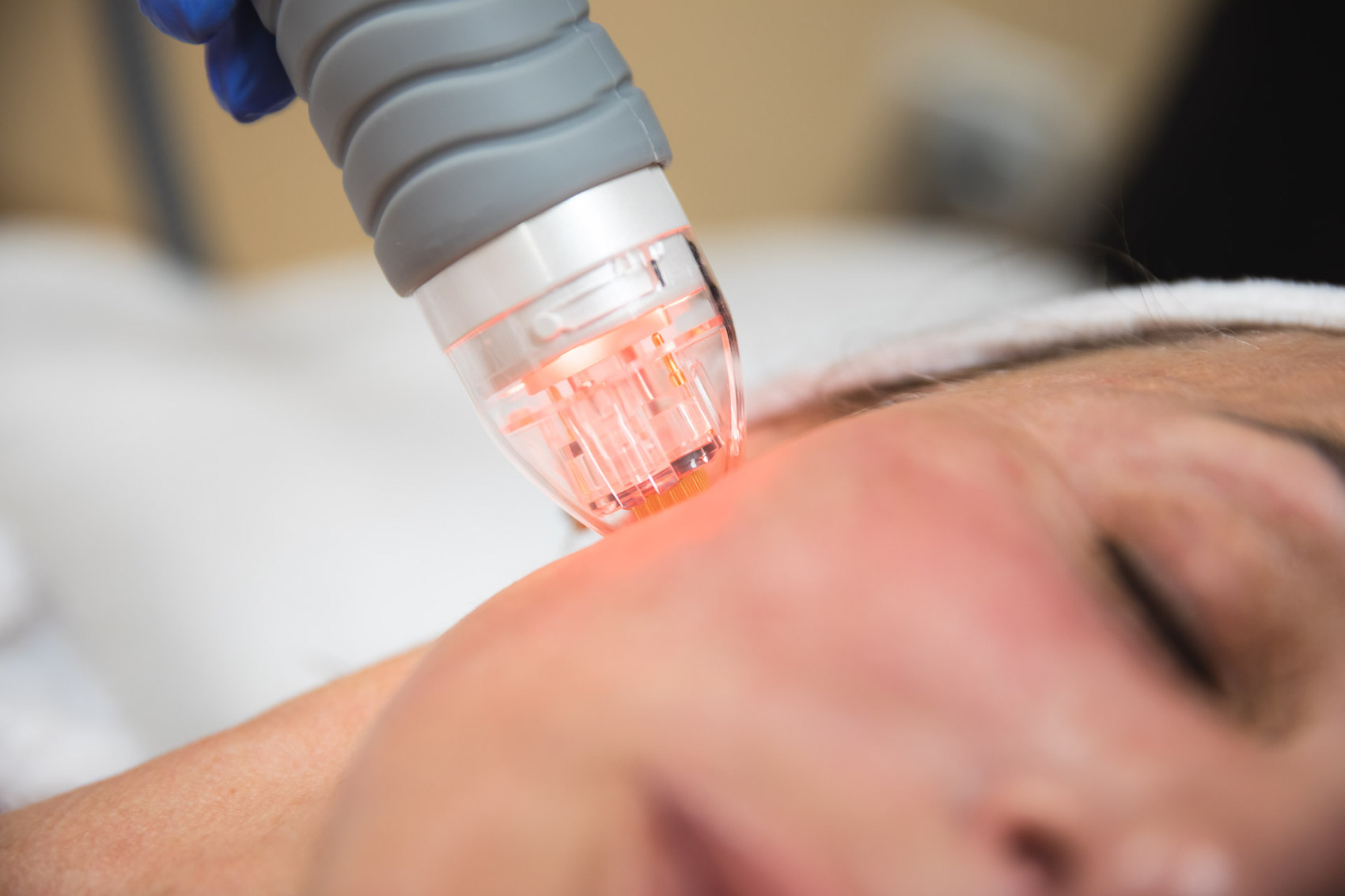

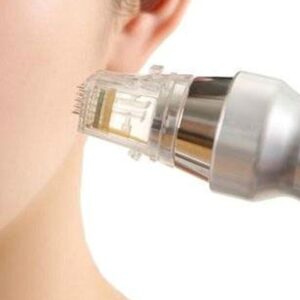


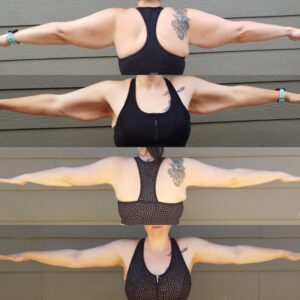

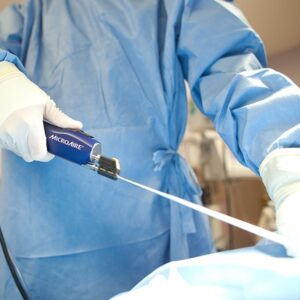
Reviews
There are no reviews yet.